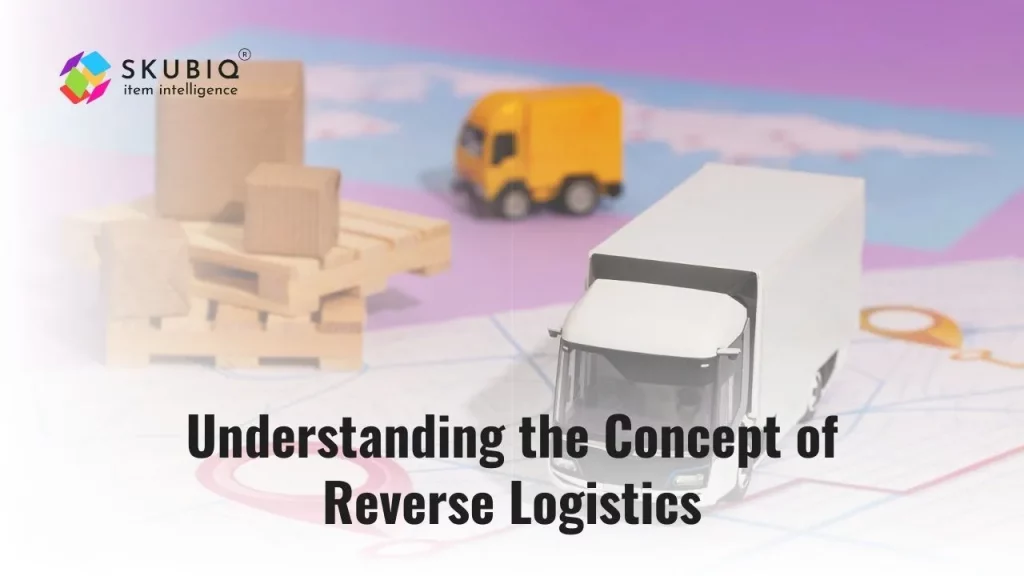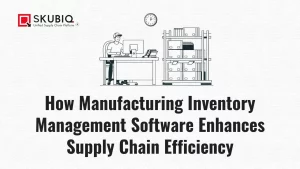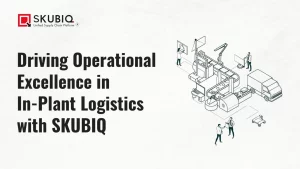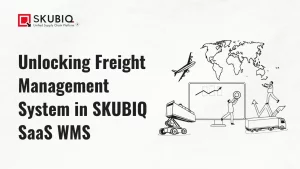In the intricate web of supply chain management, one crucial aspect often overlooked is reverse logistics. While conventional logistics focus on moving products from manufacturers to consumers, reverse logistics deals with the opposite flow—managing product returns, recycling, refurbishing, or disposing of goods. This article delves into the significance of reverse logistics in modern supply chain strategy, its impact on inventory cost, and the evolving trends reshaping the landscape.
What is Reverse Logistics?
Reverse logistics encompasses all activities associated with the management of products after they’ve been sold and returned. This includes product returns, refurbishment, recycling, or disposal. While traditional logistics channels focus on moving products forward in the supply chain, reverse logistics deals with the movement of products in the opposite direction.
Importance of Reverse Logistics
- Cost Reduction: Efficient reverse logistics can significantly reduce costs associated with product returns and disposal. By optimizing processes, companies can minimize transportation expenses and streamline operations, thereby enhancing profitability.
- Customer Satisfaction: In today’s competitive market, customer satisfaction is paramount. A seamless returns process enhances customer experience, fostering loyalty and positive brand perception.
- Sustainability: Reverse logistics plays a crucial role in sustainable business practices. By facilitating product recycling and refurbishment, companies can minimize environmental impact and contribute to a circular economy.
Integration with Supply Chain Strategy
Integrating reverse logistics into overall supply chain strategy is essential for maximizing efficiency and minimizing costs. Companies need to consider reverse logistics as an integral part of their operations rather than an afterthought. Here are some key strategies for effective integration:
1. Visibility and Transparency
Implementing robust tracking systems allows companies to monitor product returns and identify trends. Enhanced visibility enables better decision-making and proactive management of reverse logistics processes.
2. Collaboration with Stakeholders
Collaborating with suppliers, retailers, and third-party logistics providers is crucial for streamlining reverse logistics operations. Vendor Managed Inventory (VMI) systems can facilitate seamless coordination between parties, optimizing inventory management and reducing costs.
3. Optimized Inventory Management
Effective reverse logistics can help mitigate the impact of excess or obsolete inventory. By refurbishing or reselling returned products, companies can minimize inventory carrying costs and maximize asset recovery.
4. Efficient Disposition Processes
Establishing efficient disposition processes is essential for handling returned products. Whether through recycling, refurbishment, or liquidation, companies must develop streamlined processes to minimize costs and maximize value recovery.
Impact on Inventory Cost
Inventory cost is a significant concern for businesses across industries. Inefficient management of reverse logistics can exacerbate inventory holding costs, leading to financial strain and reduced profitability. Here’s how reverse logistics impacts inventory costs:
1. Inventory Carrying in Logistics
Product returns result in additional inventory that needs to be stored and managed. Without efficient reverse logistics processes, excess inventory can accumulate, leading to higher carrying costs and reduced cash flow.
2. Risk of Obsolescence
Returned products are at risk of becoming obsolete if not promptly addressed. Implementing proactive disposition strategies is essential for minimizing the risk of obsolescence and maximizing asset recovery.
3. Cost of Product Returns
Product returns incur various costs, including transportation, handling, and restocking expenses. Efficient reverse logistics can help mitigate these costs by optimizing processes and minimizing unnecessary returns.
Evolving Trends in Reverse Logistics
As technology advances and consumer expectations evolve, reverse logistics continues to undergo significant transformations. Several trends are reshaping the landscape of reverse logistics:
1. What is a smart warehouse management system?
Automation technologies such as robotics and artificial intelligence are revolutionizing reverse logistics processes. Automated sorting systems and robotic refurbishment capabilities enhance efficiency and reduce labor costs.
2. Circular Economy Initiatives
Growing emphasis on sustainability is driving companies to adopt circular economy initiatives. From product redesign to end-of-life recycling, businesses are integrating environmentally friendly practices into their reverse logistics processes.
3. Data Analytics and Predictive Modeling
Data analytics and predictive modeling play a crucial role in optimizing reverse logistics operations. By analyzing historical data and predicting return patterns, companies can anticipate demand fluctuations and proactively manage inventory levels.
4. Collaborative Networks
Collaborative networks and partnerships are becoming increasingly prevalent in reverse logistics. By leveraging shared resources and expertise, companies can enhance efficiency and reduce costs associated with product returns and disposal.
5. What factors to consider when selecting?
When choosing a smart warehouse management system, consider:
- Compatibility with existing IT infrastructure
- Scalability to accommodate future growth
- Ease of implementation and user-friendliness
- Integration capabilities with other software
- Vendor reputation and support services
In conclusion, reverse logistics is a critical component of modern supply chain strategy. By effectively managing product returns, refurbishment, and disposal, companies can minimize costs, enhance customer satisfaction, and contribute to sustainability goals. Integrating reverse logistics into overall supply chain operations requires collaboration, visibility, and proactive management. As businesses navigate the complexities of modern commerce, embracing the challenges and opportunities of reverse logistics is essential for long-term success.



